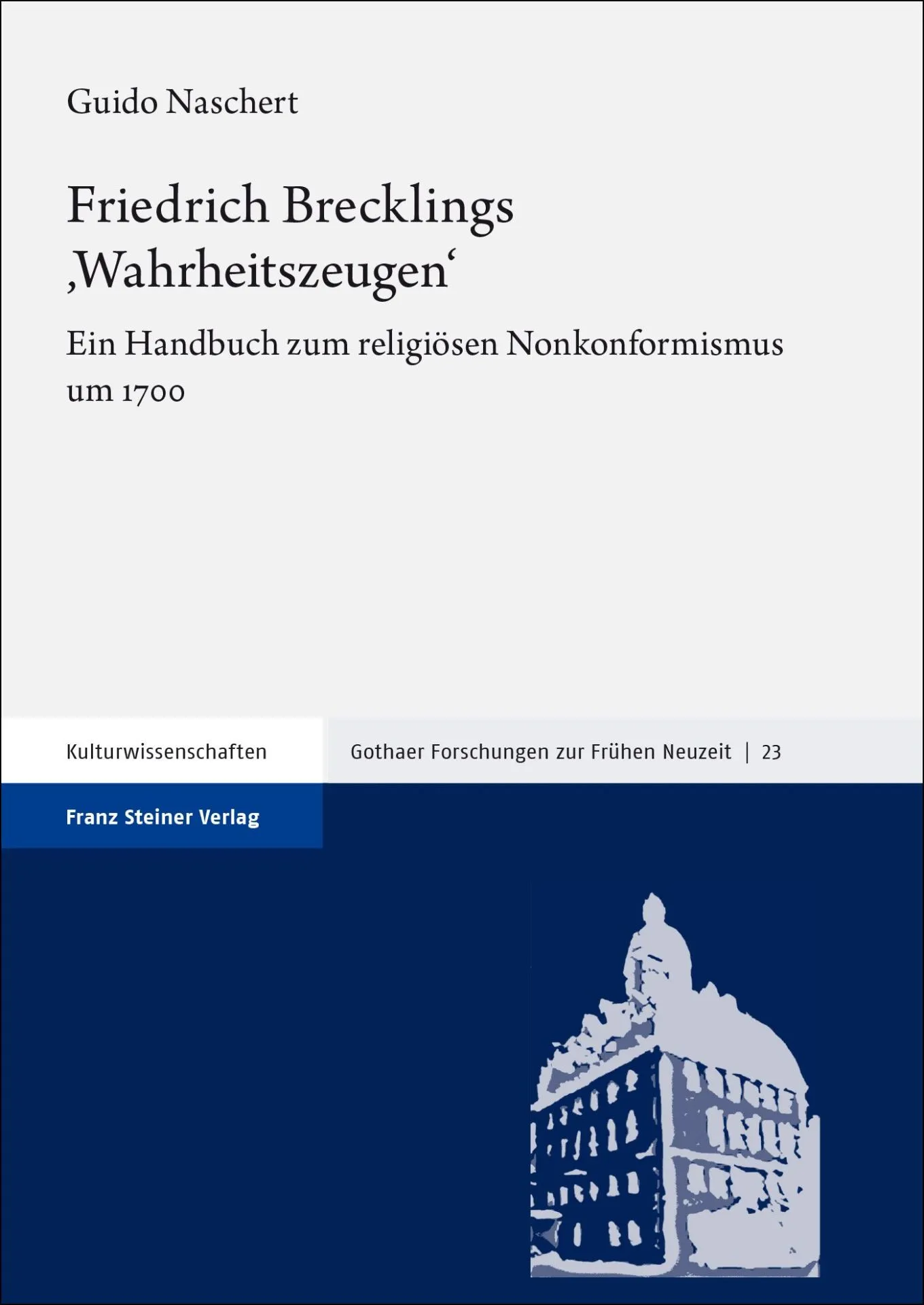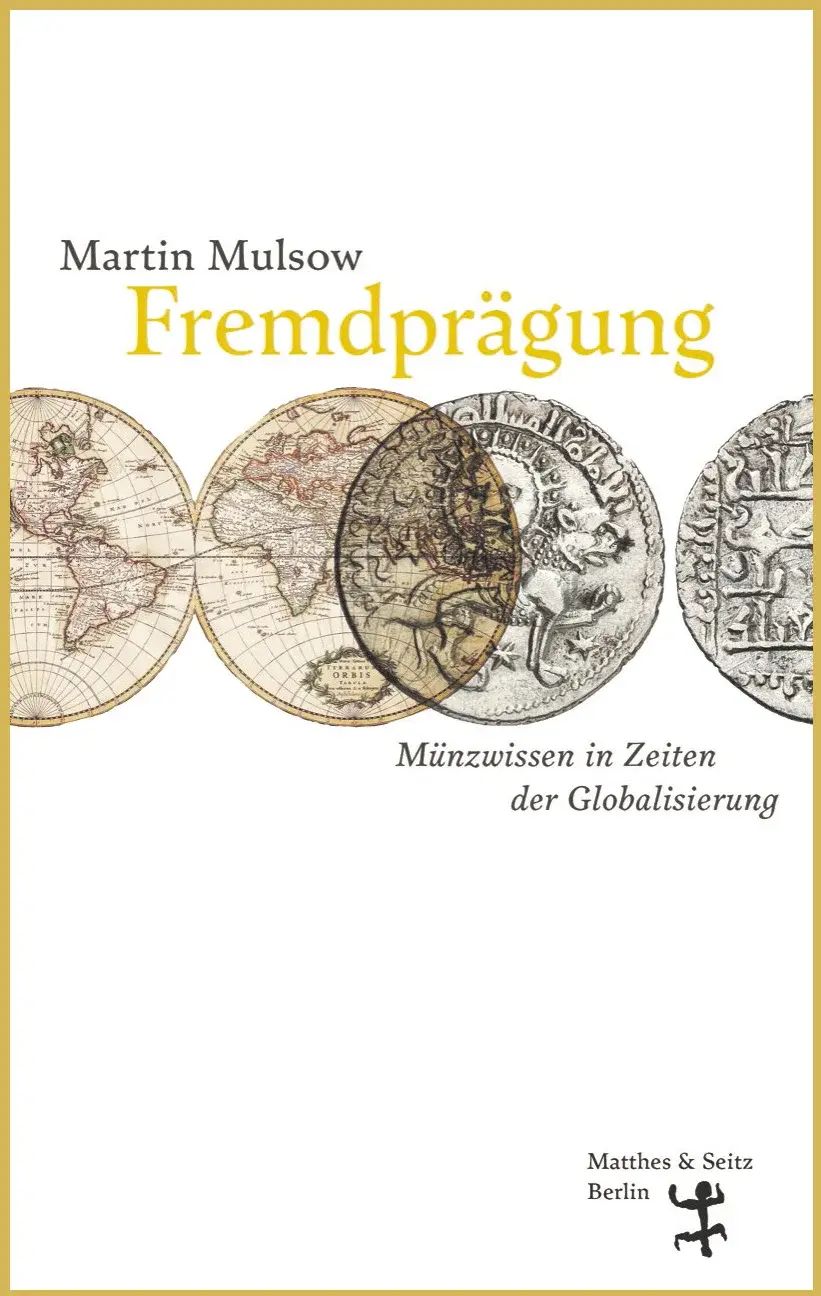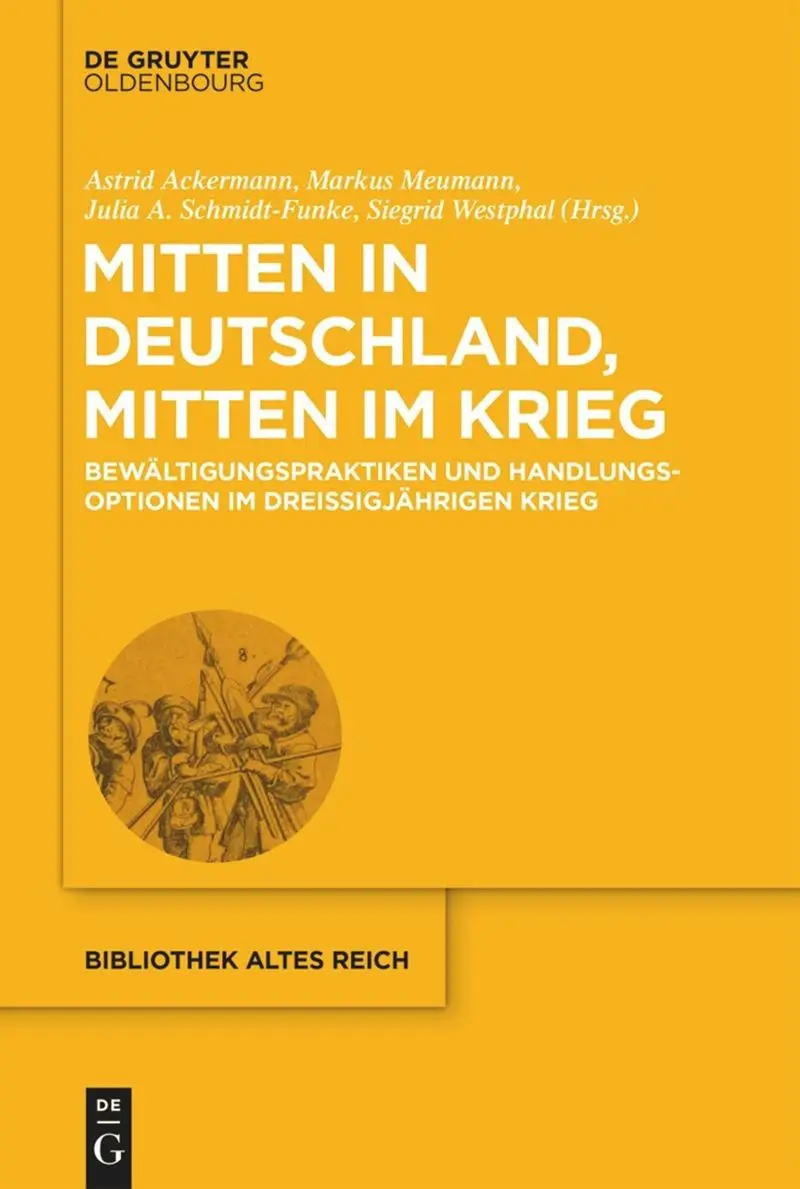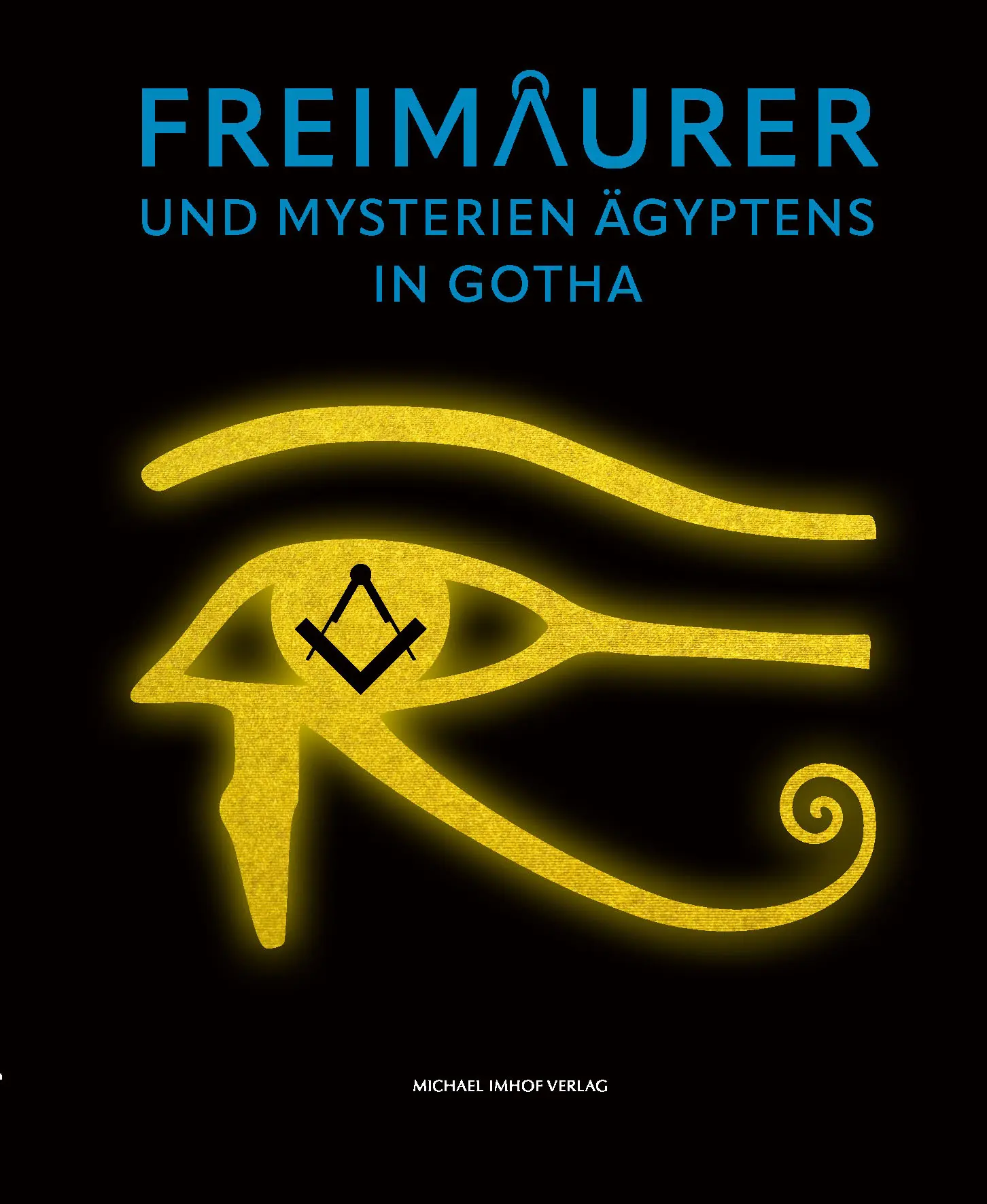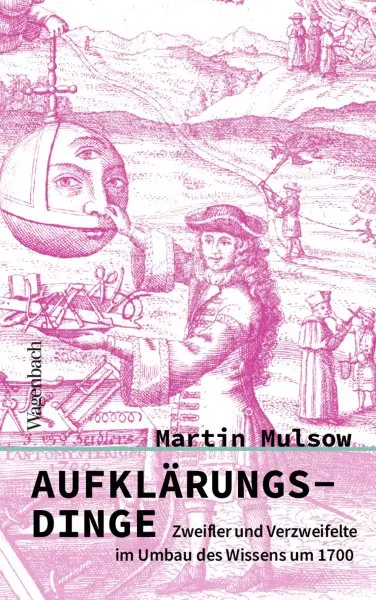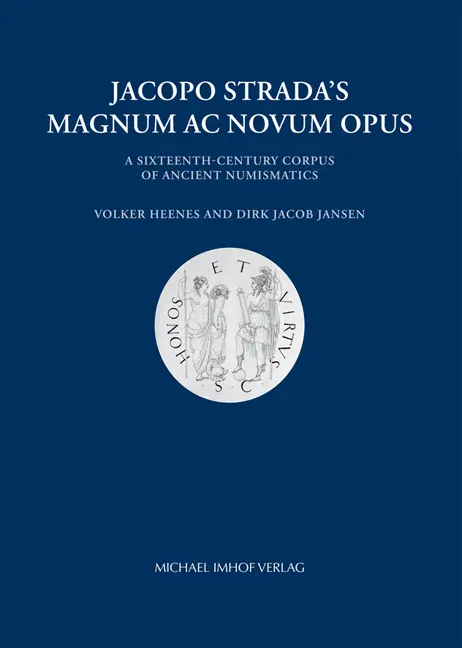This handbook on the 'truth witnesses' of the mystical spiritualist and Lutheran Friedrich Breckling (1629-1711) makes his 'invisible church' of religious dissenters and outsiders tangible by name for the first time. The book is intended as an aid to understanding the Europe-wide networks of religious non-conformism. Breckling compiled the papers edited in the book, which are now kept in the Gotha Research Library, in the 1690s during his exile in The Hague: It is a topographical catalogue of over 1,078 'truth witnesses'. It is made accessible by an encyclopaedia of persons. In addition, Breckling's literary-historical bibliography 'Bibliotheca Bibliothekarum' is made accessible for the first time. It comprises around 2,000 entries and bears witness to the book erudition of a dissident who saw himself as a 'librarian of God'. An introductory analysis, maps and an index of his estate round off the volume, which was produced at the Gotha Research Centre.
Foreign coins from India, Japan or Arabia exude an auspicious attraction. How did they get to Europe? What do the inscriptions and symbols on them mean? And who were the people who used to pay with them? In this richly illustrated essay on cultural history, Martin Mulsow tells the story of coin research using a wealth of previously unknown material from all of Europe's archives, thereby drawing attention to an early chapter of globalisation. It is the story of a so-called intellectual encirclement of Asia. A group of scholars in the 17th and early 18th centuries explored the Middle and Far East from their armchairs with the help of these coins: Arabia was captured on cardboard, China was recorded in notebooks, and the Mughal emperor in India was brought to life by deciphering intricate Persian inscriptions. They minted the coins once again with their research and their projections.
The Thirty Years' War is considered the greatest catastrophe and most traumatic war experience in German history before the Second World War. Indeed, in many regions, large parts of the population suffered severely from the war and its consequences. At the same time, however, there were also clear regional and social differences: While many lost possessions or even their lives, others came to terms with the war or were even able to profit from it, even in regions "in the middle of Germany" that were severely affected by the war. Basically, the Thirty Years' War was not only suffered passively by most people, but was always actively dealt with. This volume examines the practices of individual, collective and institutional actors that came into play in this process and thus analyses the various options for action and coping strategies.
The accompanying volume and catalogue, edited by Markus Meumann, managing director of the Gotha Research Centre, and Uta Wallenstein, curator of the 2023 annual exhibition of the Friedenstein Castle Gotha Foundation, provides extensive insights into the life of the Masonic lodges and the Illuminati Order in the royal seat of Gotha during the reign of Ernst II of Saxe-Gotha-Altenburg. The enlightened duke had been a member of the Gotha masonic lodge "Zum Rautenkranz" since 1774 and was Grand Master of the Grand Lodge of Germany from 1775 to 1777. From 1782, he promoted the secret leadership of the lodge through the Gotha-based Illuminati Order, which he joined in 1783. A glance at Ernst II's private Masonic library reveals his great interest in the mysteries of Egypt. As the supposedly oldest and most perfect mystery culture, Ancient Egypt was regarded by Freemasons in the 18th century as the epitome of symbolic expression and mystery. A special section of the catalogue is dedicated to this spiritual enthusiasm for Egypt, which also left its mark in Gotha.
Martin Mulsow presents objects and intellectual adventurers of the early modern period and thus visualises their universe. Strange apparatuses, figures and caricatures crystallised a desire for radical thinking that was to unhinge the world. A peep box, an Indian figure, a sleeping fur, gold coins, a divining rod, branched trees and a silen bust: Martin Mulsow uses these seemingly ancient, exotic or enchanted objects as a starting point to drill deep into the world around 1700 and lead us into the bubbling Age of Enlightenment. Far removed from heroic tales and the routines of triumphant history, the fates of scholars who were ready to explode the old world with their thoughts, but despaired of the grievances and comfort of their fellow human beings, come to the fore. Networks of knowledge consisting of rationality and the occult appear. In this way, the intellectual climate of an era becomes palpable, an era that rose to question what had been accepted for thousands of years: a thoroughly alien age that gave the starting signal for a revolution of scepticism that continues to this day.
From about 1550 onward, the Mantuan antiquary and architect Jacopo Strada (1515-1588) created a thirty-volume corpus for the Augsburg banker and politician Hans Jakob Fugger (1516-1575), depicting coins of the Roman Empire from Gaius Julius Caesar to Charles V: the Magnum ac Novum Opus. Now preserved in the Gotha Research Library, it contains almost nine thousand drawings of Roman Imperial coins. Strada also created an eleven-volume coin catalogue, A. A. A. NumismatΩn Antiquorum ΔΙΑΣΚΕΥΕ, manuscripts of which are preserved in Vienna and in Prague, which contains coin descriptions that, Strada claimed, complemented the Magnum ac Novum Opus.
In a project funded by the German Research Foundation (DFG), images and texts have been combined for the first time. The two works have been studied in their mutual relationship, and have been placed in their antiquarian-numismatic and art historical context. The first results of this combination of diverse scholarly approaches are published in the present volume. They reveal numerous new aspects and perspectives of antiquarian scholarship during the second half of the sixteenth century, and thus represent an important contribution to the history of antiquarian studies, in particular of early numismatics.
